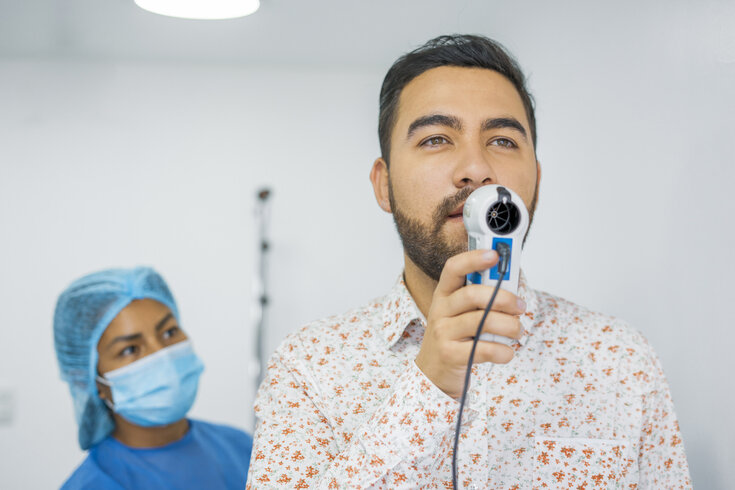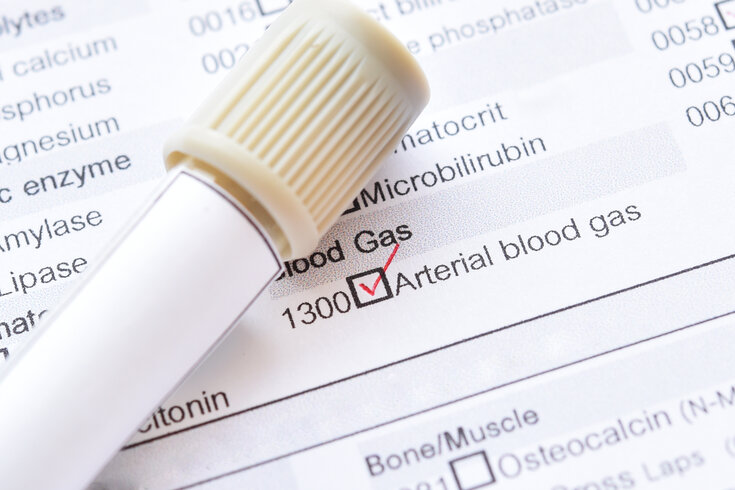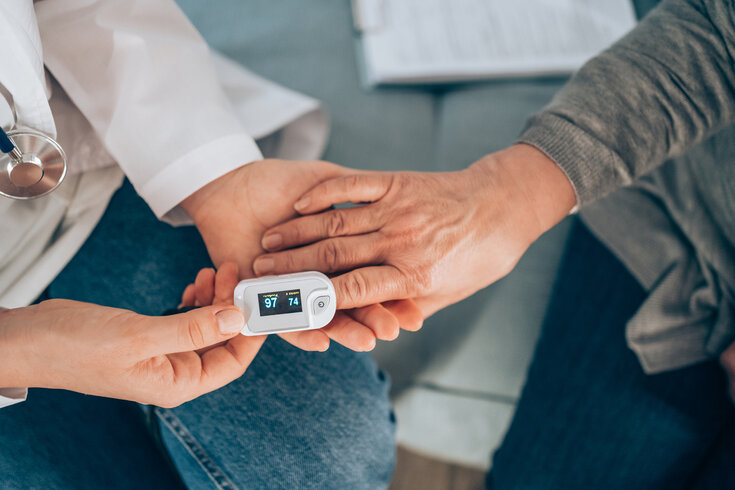Diagnosing COPD
Spirometry is the standard and most effective way to test and diagnose COPD.
How to Diagnose COPD
In order to diagnose COPD - which includes chronic bronchitis and emphysema - your doctor will want to meet with you to ask you a series of questions and review your medical history. Depending on the results, they may choose to give you one of these three standard COPD tests; spirometry, arterial blood gas or pulse oximetry.
Spirometry
Because COPD symptoms like coughing and shortness of breath can be fairly generic and may indicate a number of different respiratory illnesses, your doctor may refer you for a Spirometry test. Spirometry is the standard and most effective method for testing and diagnosing COPD. It may also be referred to as a pulmonary function test or PFT. These tests are designed to measure how well your lungs function and their capacity for air. This test is also effective for diagnosing respiratory diseases before symptoms may appear.
Arterial Blood Gas
Another method for testing is called an Arterial Blood Gas test or ABG. A small amount of blood is taken from an artery (usually in the wrist) to measure the levels of oxygen and carbon dioxide in your blood. This test is very accurate and is usually required to determine if you need home oxygen therapy.
Pulse Oximetry
A pulse oximeter is a small device that is placed on your finger that estimates the oxygen levels in your blood. This test is simple and pain-free and is usually performed to record your oxygen levels in real-time, on the spot. This type of test may also be used for funding requalification depending on the province you live in.
Learn more
References
Petty, T L. “Home Oxygen--a Revolution in the Care of Advanced COPD.” The Medical Clinics of North America., U.S. National Library of Medicine, May 1990, www.ncbi.nlm.nih.gov/pubmed/2335990.
Nocturnal Oxygen Therapy Trial Group. Continuous or nocturnal oxygen therapy in hypoxemic chronic obstructive lung disease: a clinical trial. Ann Intern Med 1980; 93: 391-398
Report of the Medical Research Council Working Party. Long-term domiciliary oxygen therapy in chronic hypoxic cor pulmonale complicating chronic bronchitis and emphysema. Lancet 1981; 1: 681-686





